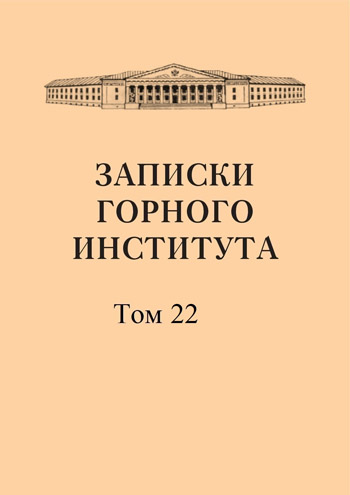Comparison of the depth of exploration of ore bodies accessible by different electrical methods
Abstract
The question of the maximum depth at which electrical exploration can detect well-conducting ore bodies has attracted the attention of geophysicists since the very beginning of the development of geophysical methods. There are a number of statements about the depth of a number of electrical exploration methods using direct and low-frequency alternating current, sometimes supported by relevant data, and sometimes simply unfounded. However, comparing these data with each other and hence comparing the depth of different methods and choosing the deepest ones is difficult due to the heterogeneity of the conditions under which experimental data are obtained by different authors. This task is extremely important, since the direction of further scientific research in this area depends on its correct solution and even now, without developing new methods, the achievement of the maximum possible depths.
References
- Reference book of the exploration geophysicist, issue 4, Mining-Geological-Oil Publishing House, 1934.
- Golovitsyn V.N. On the issue of exploration of deep-lying ore bodies of pyrite deposits by electrical exploration methods. Proceedings of UFAN, issue VI, ONTI, 1935.
- Nesterov L.Ya. On the issue of exploration depth by direct current methods (in connection with the problem of deep lenses). "Geophysics". Collection 9-10. Gosgeolizdat, 1941.
- Vorobyov M.V. Establishing maximum exploration depths by the intensity method. "Geophysics". Collection 9-10. Gosgeolizdat, 1941.
- Ovchinnikov I.K. On the depth of geophysical exploration of pyrite lenses of the Urals. "Soviet Geology". Collection 2. Gosgeolizdat, 1944.
